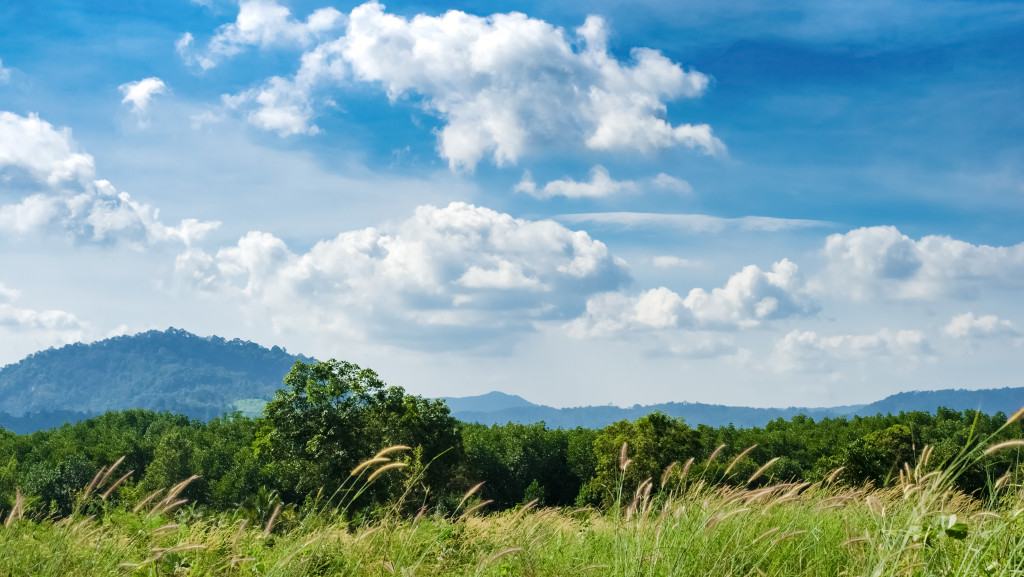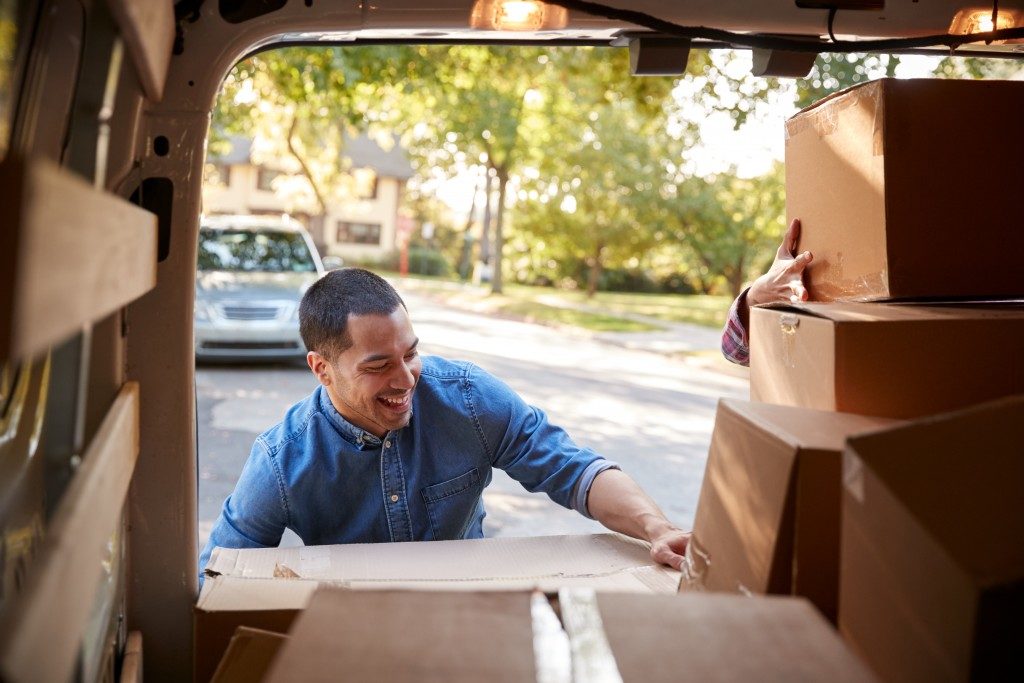It’s a hot seller’s market in the United States right now that people are scrambling to pay a premium price for a home. In fact, some reports say that buyers are spending as much as $60,000 more than the typical cost.
However, what happens when a person owns only an idle land? How can they also take advantage of the booming real estate market without spending on construction?
For those in this situation, they may view these ideas as useful:
1. Transform Them into Caravan and Trailer Parks
One of the smartest ways to use a vacant plot is to convert it into a caravan or mobile home park. Compared to other real estate classes, like commercial buildings or apartments, it has the lowest investment cost for every unit.
After all, the person doesn’t own any of the units but the land, although they can also buy a travel trailer for sale, which they can lease for long-term users. They are usually available at a much lower price or a discount, but the owner can have it rented out for $500 to $1,000, depending on the demand in the state.
There is a demand for these parks as well. According to the Census Bureau data, about 20 million Americans live in trailer parks, while almost 6 percent are in mobile homes. Thousands also invest in trailers and camper vans for leisure. For example, people in New York may buy them and settle in a caravan park in Arizona during the winter months.
To transform the land into a park, the ideal size is between three and five acres. The landowner also needs to process the corresponding licenses or permits, the rules, and the requirements, which can vary between states.
Further, they may need to install at least the basic or essential amenities, such as a source of water, privacy, lighting, and electricity, to make the area more attractive.
2. Lease the Land to Farmers

A huge percentage of the US economy depends on the country’s agriculture that, in 2017, it contributed a whopping $1 trillion to the gross domestic product (GDP). It was so massive that if this industry were a country, its GDP would have been higher than Indonesia’s.
It will not die or disappear anytime soon either. The country needs more farms to beat food insecurity made worse by other factors such as adverse weather events, climate change, population growth, and urbanization that has converted some agricultural farmlands into commercial and residential developments.
This makes leasing agricultural land beneficial to society and profitable to the owner. The individual can partner with nonprofits, for-profit businesses, retired Americans, and even the local community that perhaps want to build a food pantry for its residents.
The agreement can be flexible too. Usually, it involves only monetary compensation based on the value of the land per acre. However, in certain situations, they may also choose to obtain a share of the profits from selling these goods or a portion of their produce. They may also request that the tenant “return” the land in good condition.
3. Take Advantage of 1031 Exchanges
For landowners who like to invest in another property but don’t want to spend a lot of money, let alone build something on the area, may want to take a look at 1031 exchanges.
The name comes from a section of the tax code that says real estate investors may choose to defer the payment of capital gains and even federal income tax liability by exchanging their assets, such as raw land, with like-kind.
While the like-kind might sound specific, in reality, it can be a wide range of commercial properties from an apartment to an office or a warehouse as long as the value is more or less equal to that of what the owner wants to sell.
Considering this provision is prone to abuse, the IRS has set many rules, including how soon the exchange can happen, the value of the properties involved, and the type of real estate that can be sold.
However, when done right, landowners can easily expand their portfolio, generate more income, tap into several appreciable assets, and pay capital gains when the market conditions are right—that is, the tax is more affordable or when the property owner has already raised enough cash to pay it.
A piece of land is an asset that can keep on giving, particularly for investment-savvy owners. These ideas are excellent ways to make it profitable while keeping maintenance and building costs down.




